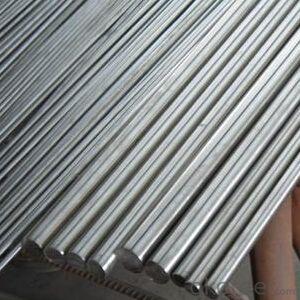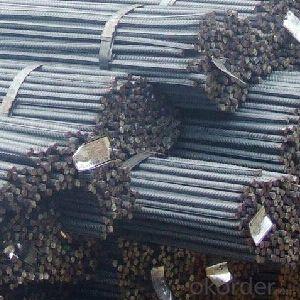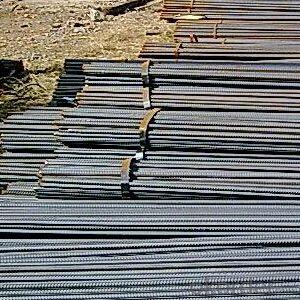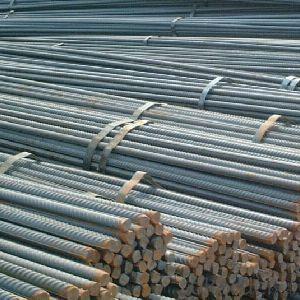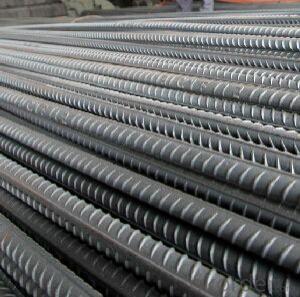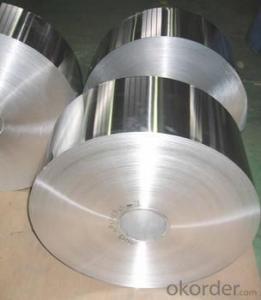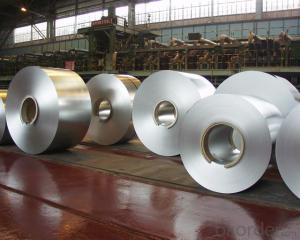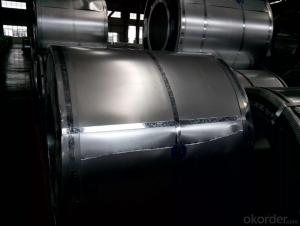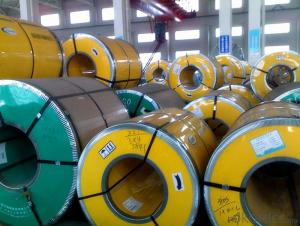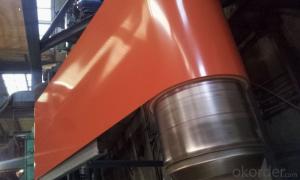This World's Best Rebar From Chines Mill
- Loading Port:
- Tianjin
- Payment Terms:
- TT OR LC
- Min Order Qty:
- 25 m.t.
- Supply Capability:
- 22222 m.t./month
OKorder Service Pledge
OKorder Financial Service
You Might Also Like
1.Structure of Wire Rod Steel for Construction Description
the wire rod steel for construction that we offer have been used in civil construction work for years.
2.Main Features of the Wire Rod Steel for Construction
fasteners, bolts, rivets, screws,
general purpose wires,
electrode wires, industrial wires, agriculture wires,
bush wires, chain rivet wires,
detonator wire,
Umbrella ribs, upholstery wires, cycle spokes, needle wires, heald wires, staple pin Wire, safety pin wires
ACSR wires, earth wires,
tyre and hose reinforcement wires,
prestressed concrete wire, springs and rope wires,
card clothing wires,
vineyard wires,
ball bearing quality
Automobile parts like screw, fasteners, bush, spline, socket, connecting rod, shaft, gear, rivets, engine shaft, connecting rod, spindles, gears, etc.
3.Wire Rod Steel for Construction Images

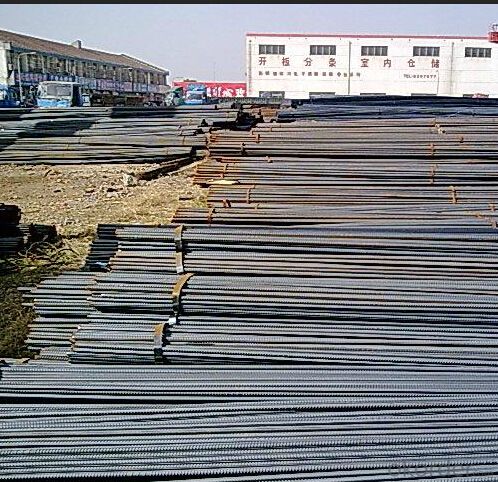
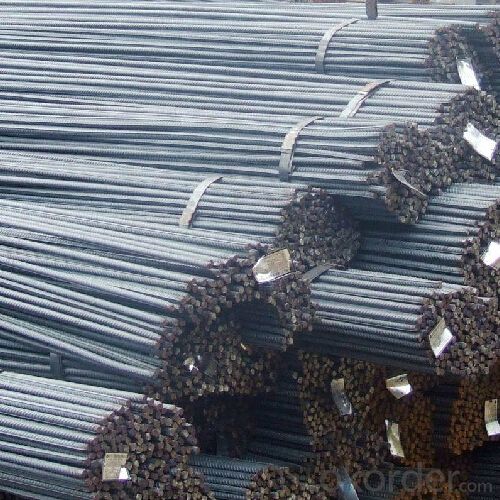
4.Wire Rod Steel for Construction Specification
Grade | Chemical Composition(%) | |||||
C | Mn | Si | S | P | B | |
SAE1006B | 0.03~O.07 | ≤0.32 | ≤0.30 | ≤0.045 | ≤0.040 | >0.0008 |
Mechanical properties | ||||||
Yield strength(N/mm2) | Tensile strength(N/mm2) | Elongation(%) | ||||
250-280 | 350-380 | ≥32 | ||||
Grade | Chemical Composition(%) | |||||
C | Mn | Si | S | P | B | |
SAE1008B | 0.10max | 0.3~O.50 | 0.15max | 0.050max | 0.040 max | 0.0008 min |
Mechanical properties | ||||||
Yield strength(N/mm2) | Tensile strength(N/mm2) | Elongation(%) | ||||
≥195 | 315-430 | ≥30 | ||||
5.FAQ of Wire Rod Steel for Construction
1.What is your minimum order quantity ?
Our MOQ is 500mt .
2.Please tell me the daily output and wire rod mill’s brand ?
Our daily output is 4000mt/day and our rolling mill from Germany’s SMS MEER
3.Which countries are your main sales?
Thanks to the professional international trade team, solid distribution channel and long – term cooperation customers, our market share in overseas realizes a tremendous growth, now we already became a main player in Middle East and South East Asia. Meanwhile, we are also the biggest supplier of Pre-painted galvanized steel coil in Philippines, Saudi Arabia, United Arab Emirates, Iran, Sudan etc.
- Q:How are steel strips processed for edge conditioning?
- Steel strips are processed for edge conditioning through a series of steps to ensure that the edges are smooth, burr-free, and suitable for various applications. The process typically involves the following steps: 1. Slitting: The steel coil is first slit into narrower strips of the desired width using a slitting machine. This step ensures that the steel strips are of the appropriate size for further processing. 2. Deburring: The edges of the steel strips may contain burrs or sharp edges from the slitting process. To remove these imperfections, the strips are passed through a deburring machine. This machine uses abrasive belts or brushes to grind away the burrs and create a smooth, rounded edge. 3. Edge Rolling: After deburring, the steel strips may undergo edge rolling to further refine the edge profile. Edge rolling involves passing the strips through a set of rollers that gradually shape and smooth the edges. This process helps eliminate any remaining burrs, sharp corners, or irregularities, resulting in a more uniform edge. 4. Chamfering: Depending on the application, the edges of the steel strips may be chamfered to create a beveled or angled edge. Chamfering is often done using specialized chamfering machines or tools that cut or grind away a small portion of the edge, resulting in a sloping or angled surface. This chamfered edge improves the strip's handling, reduces the risk of damage, and facilitates easier insertion or joining in specific applications. 5. Final Inspection: Once the edge conditioning process is complete, the steel strips undergo a final inspection to ensure that the edges meet the required specifications. This inspection may involve visual examination, dimensional checks, and testing for any remaining burrs or sharp edges. If any issues are found, the strips may be reworked or rejected to maintain the desired quality standards. Overall, the edge conditioning process for steel strips involves various steps such as slitting, deburring, edge rolling, chamfering, and final inspection. The goal is to produce strips with smooth, burr-free, and well-defined edges that meet the specific requirements of different industries and applications.
- Q:What are the factors that affect the wear resistance of steel strips?
- The wear resistance of steel strips can be influenced by several factors. To begin with, the type and composition of the steel utilized in the strips play a significant role. The addition of elements like chromium, manganese, and tungsten can greatly enhance the hardness and wear resistance of the steel strips by utilizing different alloys and heat treatments. Additionally, the microstructure of the steel affects its wear resistance. Steel strips with a fine and uniform grain structure tend to have better wear resistance compared to those with larger grains. This is because a fine grain structure provides more barriers to dislocations and helps distribute the applied load more evenly, thereby reducing wear. The hardness of the steel strips is another crucial factor. Higher hardness generally results in better wear resistance. Achieving hardness can be done through various means, such as heat treatment processes like quenching and tempering or through the inclusion of alloying elements. The surface finish of the steel strips also plays a significant role. Smooth and polished surfaces tend to exhibit better wear resistance compared to rough or uneven surfaces. A smooth surface reduces friction and minimizes the chances of abrasive wear. Furthermore, the environmental conditions in which the steel strips operate can impact their wear resistance. Factors like temperature, humidity, and the presence of corrosive substances can accelerate wear. It is important to consider these conditions when selecting the appropriate type of steel and applying protective coatings if necessary. Lastly, the load and speed at which the steel strips are subjected to also affect wear resistance. Higher loads and speeds generally result in increased wear. Therefore, it is crucial to consider the specific application requirements and select steel strips that can withstand the expected loads and speeds to ensure optimal wear resistance.
- Q:What is the ductility of a steel strip?
- The ability of a steel strip to stretch or deform without fracturing is known as its ductility. It quantifies the ease with which the steel strip can be molded or bent into various configurations, like coiling it into a spiral or shaping it into complex forms. Ductility is a crucial attribute for steel strips as it facilitates their manipulation in diverse manufacturing procedures. Steel strips with exceptional ductility offer increased versatility and find applications across a broad spectrum of industries, including automotive, construction, and manufacturing.
- Q:Can steel strips be used for making architectural elements?
- Yes, steel strips can be used for making architectural elements. Steel strips are versatile and durable, making them suitable for various architectural applications such as cladding, roofing, decorative features, and structural support. They can be shaped, bent, and welded to create intricate and modern designs, offering both aesthetic appeal and structural integrity to architectural projects.
- Q:How are steel strips protected against radiation?
- Steel strips can be protected against radiation through the application of specialized coatings or by using shielding materials such as lead, concrete, or boron. These protective measures help to minimize the penetration of radiation into the steel strips, ensuring their safety and integrity.
- Q:How are steel strips coated with other materials?
- Steel strips can be coated with other materials through various methods such as hot-dip galvanizing, electroplating, or using physical vapor deposition techniques. These processes involve applying a layer of another material onto the steel surface to enhance its properties, protect against corrosion, or improve aesthetic appeal.
- Q:Are steel strips available in different finishes?
- Yes, steel strips are available in different finishes.
- Q:How are steel strips tempered?
- To enhance the mechanical properties of steel strips, a controlled heating and cooling process known as tempering is employed. This involves heating the strips to a specific temperature and then rapidly cooling them. Initially, the steel strips are heated to a temperature below their critical point, usually ranging from 400 to 700 degrees Celsius (752 to 1292 degrees Fahrenheit), depending on the desired outcome. This heat relieves internal stresses caused by previous manufacturing processes like rolling or quenching. Once the desired temperature is reached, the strips are maintained at that temperature for a designated period, which can vary from a few minutes to several hours. This ensures the steel reaches a uniform temperature throughout, guaranteeing consistent tempering. Following the holding time, the strips undergo rapid cooling through methods like air cooling, oil quenching, or water quenching. The rate of cooling plays a crucial role in determining the final properties of the tempered steel, as it influences the microstructure and hardness. The rapid cooling procedure creates a fine-grained microstructure within the steel, improving its toughness, ductility, and resistance to brittleness. The specific cooling method utilized depends on the type of steel and the desired properties. In conclusion, tempering steel strips is an essential manufacturing step to enhance their strength and durability. The controlled heating and cooling process guarantees a balance between hardness and toughness, rendering the steel suitable for various industries, including automotive, construction, and manufacturing.
- Q:What is the role of steel strips in the manufacturing of consumer goods?
- The role of steel strips in the manufacturing of consumer goods is primarily to provide strength, durability, and structural support to the final product. Steel strips are often used in various industries, including automotive, appliances, construction, and packaging, to reinforce and enhance the quality of consumer goods.
- Q:What is the cost of steel strips compared to other materials?
- The cost of steel strips can vary depending on factors such as the type of steel, thickness, and market conditions. However, generally speaking, steel strips tend to be more cost-effective compared to other materials commonly used in various industries.
1. Manufacturer Overview |
|
|---|---|
| Location | |
| Year Established | |
| Annual Output Value | |
| Main Markets | |
| Company Certifications | |
2. Manufacturer Certificates |
|
|---|---|
| a) Certification Name | |
| Range | |
| Reference | |
| Validity Period | |
3. Manufacturer Capability |
|
|---|---|
| a)Trade Capacity | |
| Nearest Port | |
| Export Percentage | |
| No.of Employees in Trade Department | |
| Language Spoken: | |
| b)Factory Information | |
| Factory Size: | |
| No. of Production Lines | |
| Contract Manufacturing | |
| Product Price Range | |
Send your message to us
This World's Best Rebar From Chines Mill
- Loading Port:
- Tianjin
- Payment Terms:
- TT OR LC
- Min Order Qty:
- 25 m.t.
- Supply Capability:
- 22222 m.t./month
OKorder Service Pledge
OKorder Financial Service
Similar products
New products
Hot products
Related keywords
